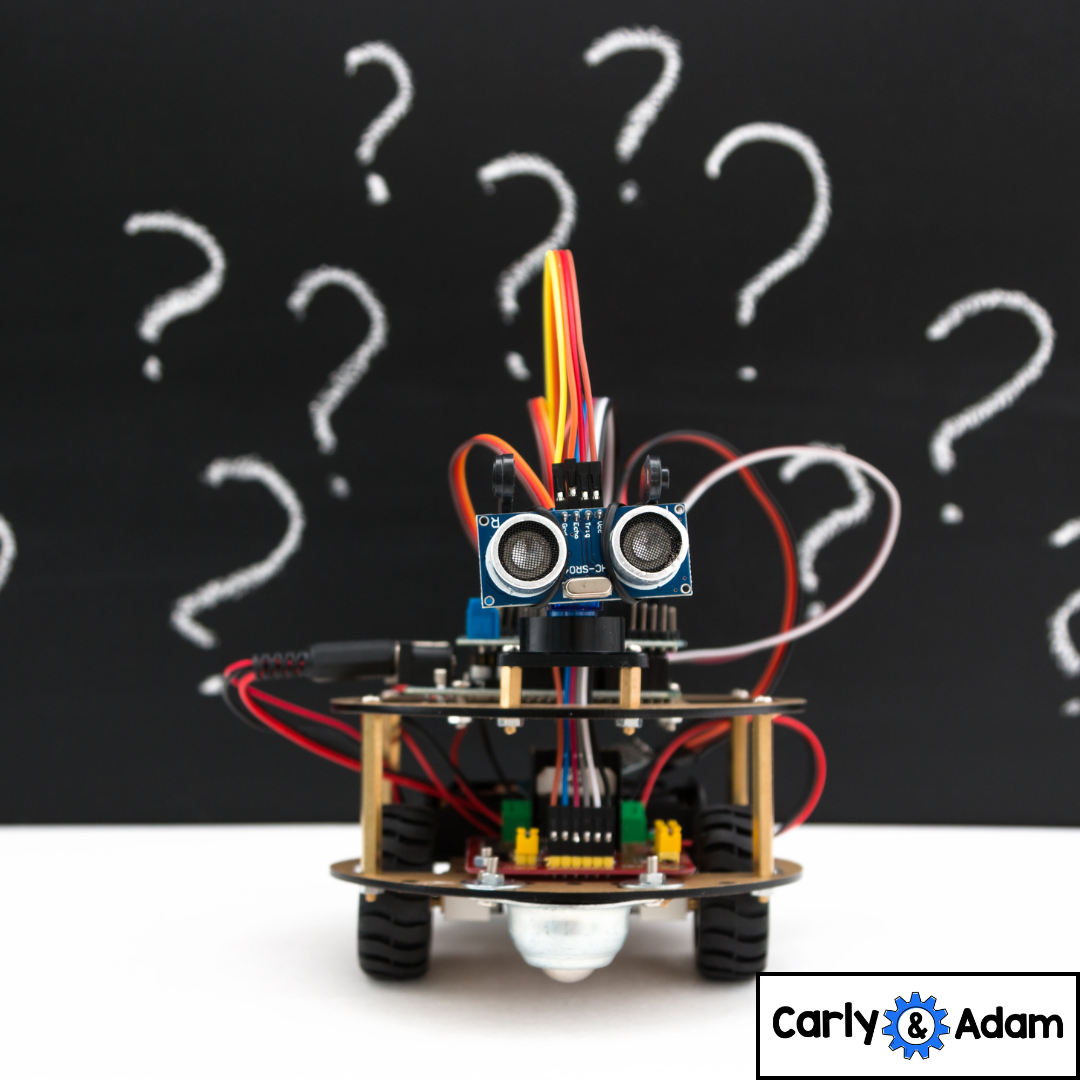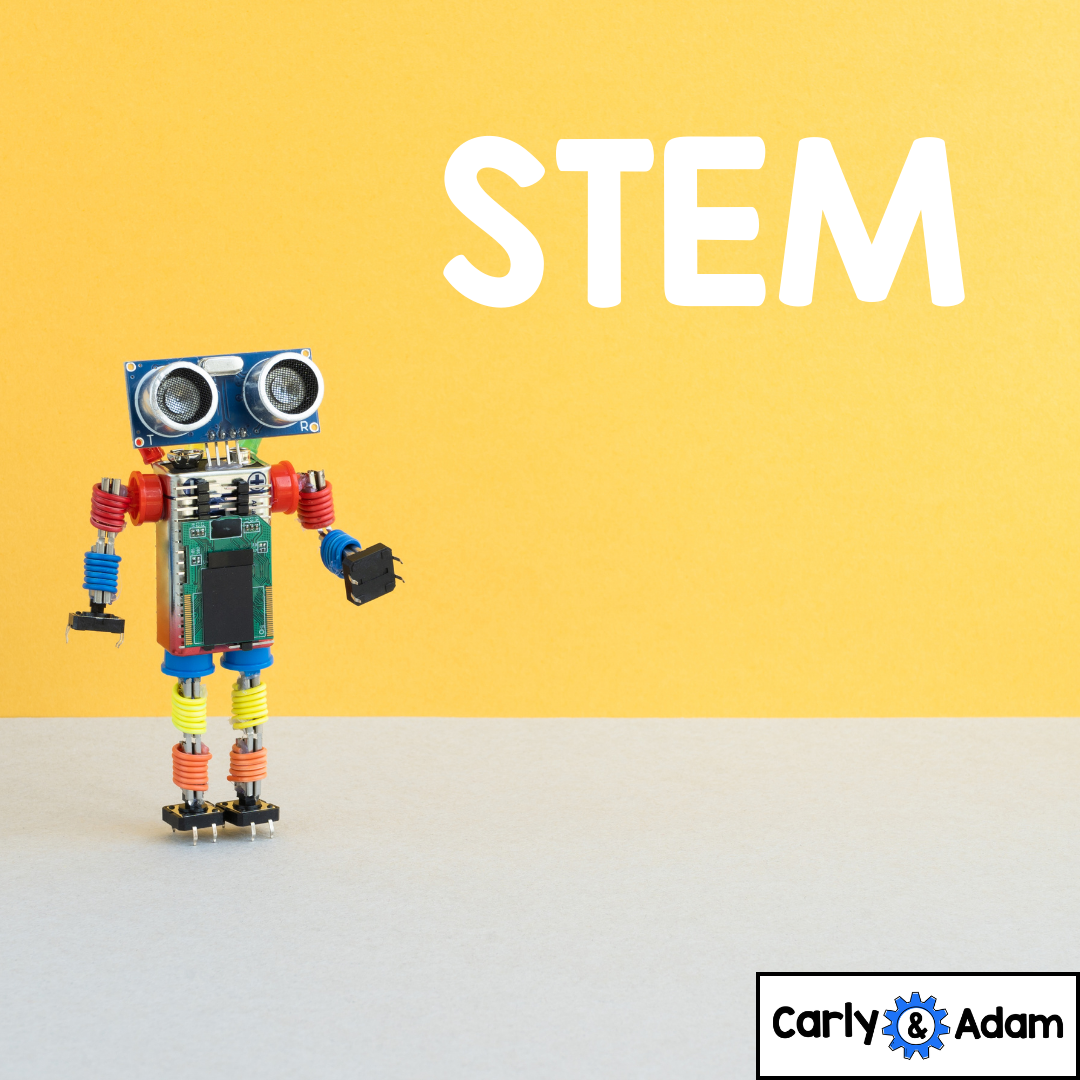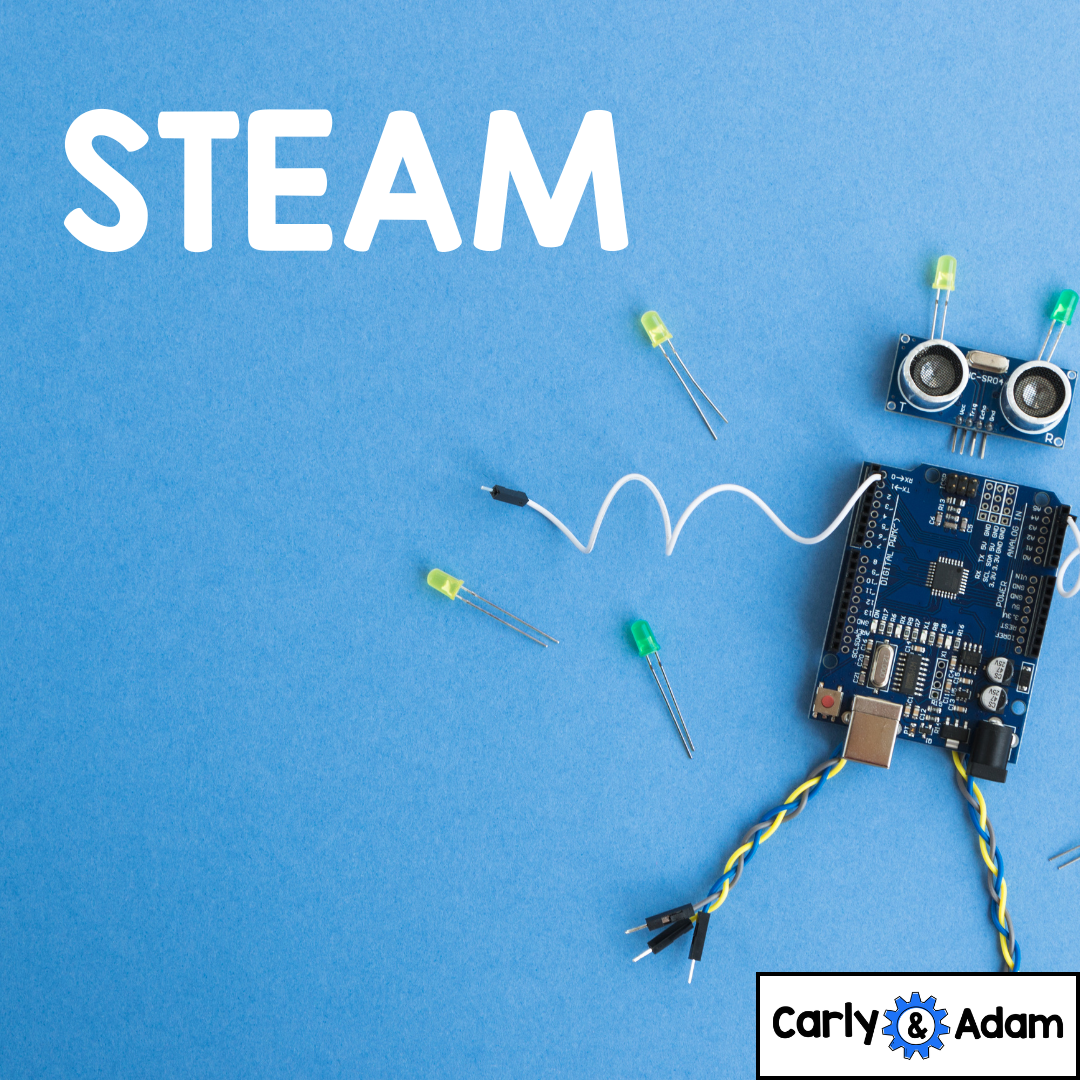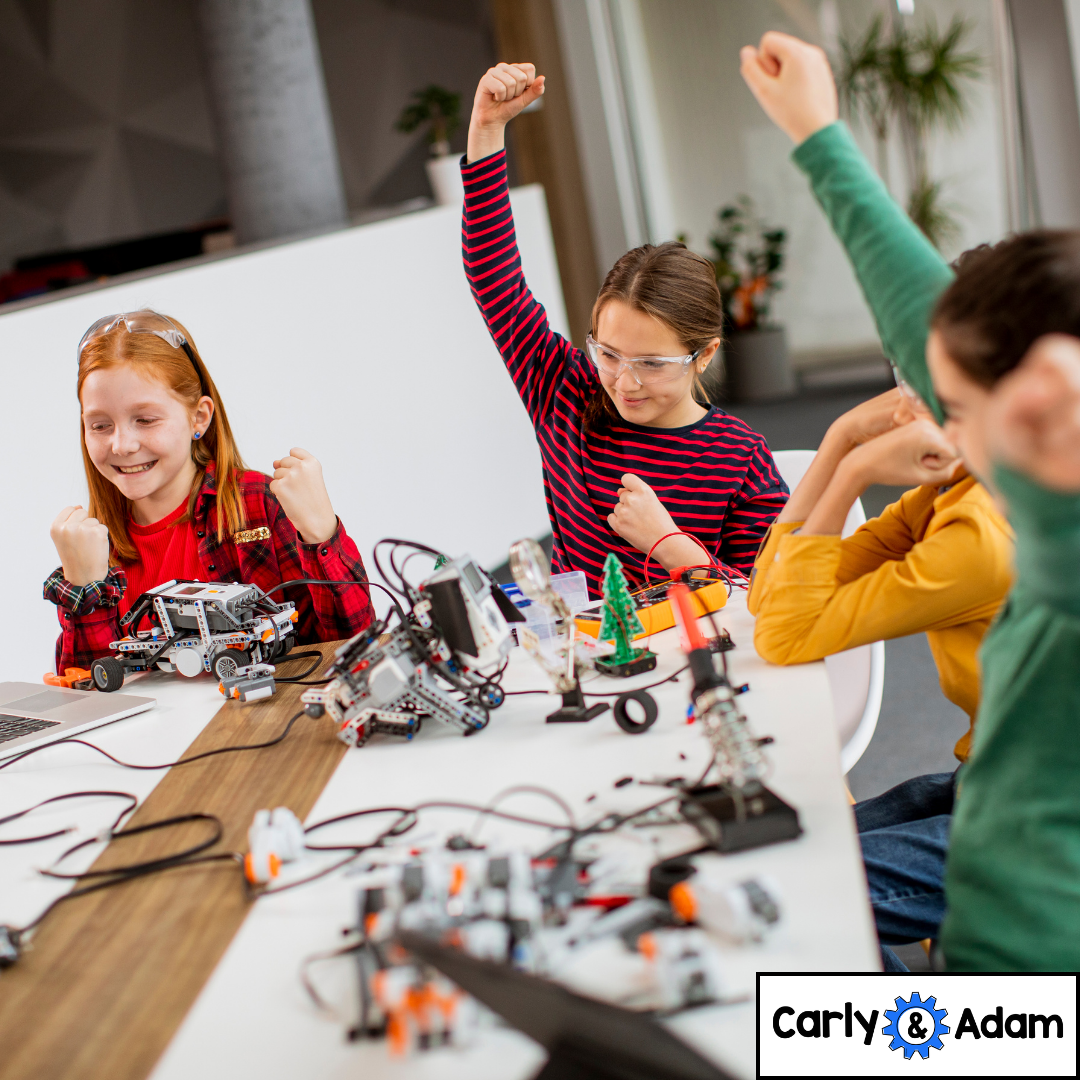STEM, STEAM, or STREAM? What is the Difference?
The following is a guest post from Dr. Jacie Maslyk.
Ask a group of educators what they call it and you will likely get a handful of different answers.
STEM, STEAM, STREAM (or some other version of this integrated model of learning) is known by many different names. Whether your school chooses to add the A for the arts or an R for reading, robotics, or even religion, these are all great ways to provide hands-on learning opportunities for students.
Some educators feel strongly about the acronym, while others think more flexibly. It doesn’t matter what you call it, as long as you are prioritizing the needs and interests of your students. This post will provide a closer look at STEM, STEAM, and STREAM, sharing some similarities and differences of these approaches.
STEM
Science, technology, engineering, and math takes an integrated approach, creating connections across subject areas. It is an intentional way to present real-world learning through investigation and experimentation. Grounded in inquiry, STEM lessons can introduce important concepts while offering students hands-on opportunities to apply knowledge and skills.
Some STEM advocates believe that the STEM subject areas are critical to student development and should not be watered down by integrating them with other content areas (like the arts or reading.)
We believe that when students see the connections between science and engineering, they will grow to be better problem solvers. When math and technology are connected, students see opportunities to use their knowledge in one area to advance their thinking in another. STEM classrooms can offer students experiences to engage students in the scientific method or the engineering design process as they develop critical thinking and problem-solving skills.
STEAM
Some educators believe that adding the “A” for the arts is necessary, changing STEM to STEAM. This inclusion alters the focus on the original content areas and infuses creativity and design. It makes learning accessible to both right brain and left brain learners. The left brain is more logical and analytical.
This is where students are reading, writing, and calculating, learning linear, sequential information. Right brain thinkers are creative, intuitive and emotional in their thinking. They are often artistic or musical and use these strengths as they explore the more academic nature of STEM classes.
The addition of the arts into STEAM means that art, design, music, and the humanities find their way into this integrated approach. When the arts are added to STEM, learners then have the opportunity to apply this content knowledge in a way that unleashes student creativity.
Those in favor of STEAM believe that the combination of content, skills, and application of knowledge will help to prepare students for the jobs of the future.
Let’s face it, you can’t build a car or a watch, or a school without attention to the arts. The aesthetics of the design process is important. It requires precision and creativity. STEAM-based learning might include design thinking challenges, creating inventions, and human-centered design exercises where students need to tap into their right brain when designing and creating.
STREAM
Some schools include an “R”, changing the acronym to STREAM when they add in robotics or research. We believe this is the perfect place to add in some reading! Incorporating children’s literature into STEM or STEAM learning is a great approach at the elementary level. Adding read aloud selections to our STEM instruction can enhance student understanding and increase student engagement.
When we share great books with our students, we are developing vocabulary and comprehension skills, which are important for literacy development. By including books that focus on light and sound or green energy or physics, we are extending student knowledge in STEM, as well as in literacy.
Choosing books that support STEM concepts is easy to do. Whether you are looking for books that fit into a monthly theme or you need books that are aligned to NGSS standards, we have so many resources to share! Check out the STEM Teachers Club Membership to access all of these useful elementary materials.
So, Which One?
We started with STEM, then added an A for the arts. Some incorporated the R for reading. Others find ways to include concepts that are important to their school; adding an E for environmental to make eSTEM or an extra M to STEMM to highlight music or movement. There are so many different versions!
Whichever model you subscribe to, make sure one thing stays true--you are implementing this approach to enhance the educational experience for our students. Incorporate lessons, materials, and experiences that students will enjoy. Select books that will intrigue students and build their interest in new or familiar topics. Offer the chance to tinker with hydroponics, digital media, or simple machines. Give them the time and space to construct buildings or musical instruments or scenery. Whether we choose to add art or robots or reading, let’s do so in a meaningful way that creates added value to the students we serve.
Have more questions or need additional resources?
You can get all 250+ STEM Challenges by Carly and Adam as part of the STEM Teachers Club Membership. Save $5 on your first month using coupon Code: CarlyAndAdamBlog.
We hope you have found this blog post helpful. To stay connected with Carly and Adam's teaching tips and classroom freebies be sure to follow us on Facebook, Pinterest, Teachers Pay Teachers, and subscribe to our blog!
An educator for the last 23 years, Dr. Jacie Maslyk, has served as a classroom teacher, reading specialist, elementary principal, and assistant superintendent. She is the author of STEAM Makers: Fostering Creativity and Innovation in the Elementary Classroom, Connect to Lead: Power Up Your Learning Network to Move Your School Forward (ISTE), Remaking Literacy: Innovative Instructional Strategies for Maker Learning and Unlock Creativity: Opening a World of Imagination With Your Students. You can read more on her blog, Creativity in the Making, at www.jaciemaslyk.blogspot.com. Connect with Jacie on Twitter @DrJacieMaslyk or email her at jaciemaslyk@gmail.com .






